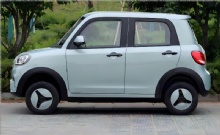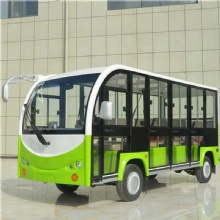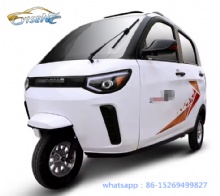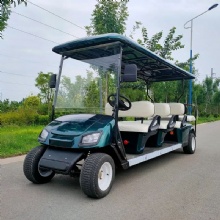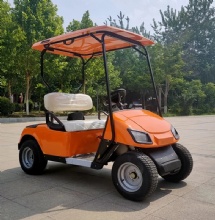Author:AliceDate:2025-8-25
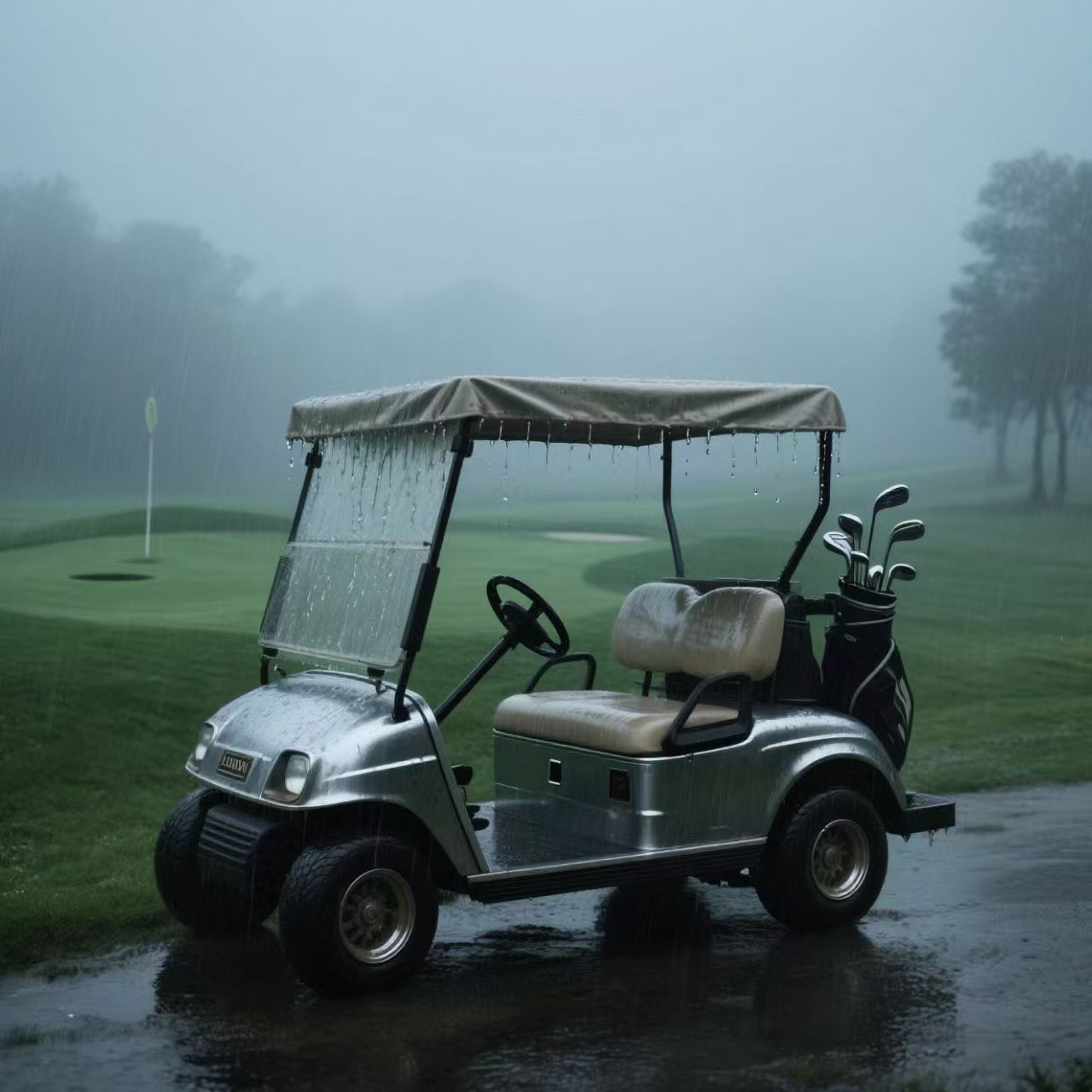
With the arrival of summer, many areas experience heavy rainfall. Frequent rainfall not only impacts the golf cart's user experience but can also damage key components like the vehicle's electrical circuitry and chassis. To help golf course operators and golf cart owners extend the lifespan of their golf carts and ensure their safety, industry maintenance experts have summarized the following key maintenance tips based on common vehicle failures during the rainy season.
First, prioritize moisture-proofing the electrical system. After rainfall, moisture can cause short circuits or poor contact at the golf cart's battery connector and motor wiring, leading to starting problems. During maintenance, regularly disconnect the battery cable, wipe water and dust from the connector with a dry, soft cloth, and apply a special conductive paste to prevent oxidation. Also, check the seals of circuit components like the instrument panel and light switches. If the outer casing is damaged, replace the sealant promptly to prevent water from seeping in.
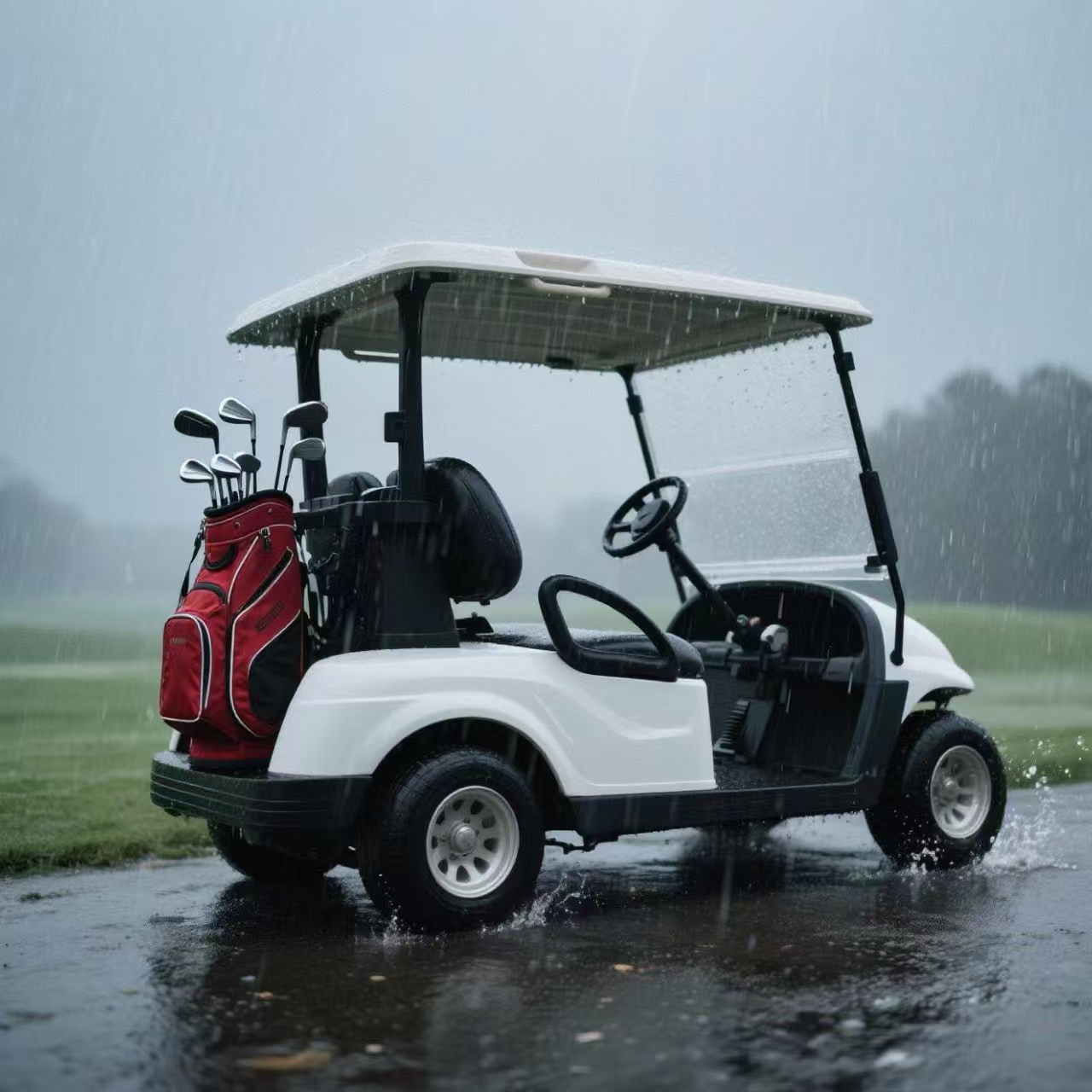
Second, ensure the chassis and tires are inspected. Rainwater can carry sediment and adhere to metal chassis components, which can easily cause rust if not cleaned for a long time. It's recommended to use a high-pressure water gun (set to low pressure) to wash the chassis after every rain, focusing on areas like the suspension and drive shaft. After drying, spray the chassis with rust inhibitor. Regarding tire pressure, check it weekly. Rainy days reduce road friction, and low tire pressure increases the risk of skidding. Also, remove foreign objects such as pebbles and weeds from the tread to ensure proper drainage.
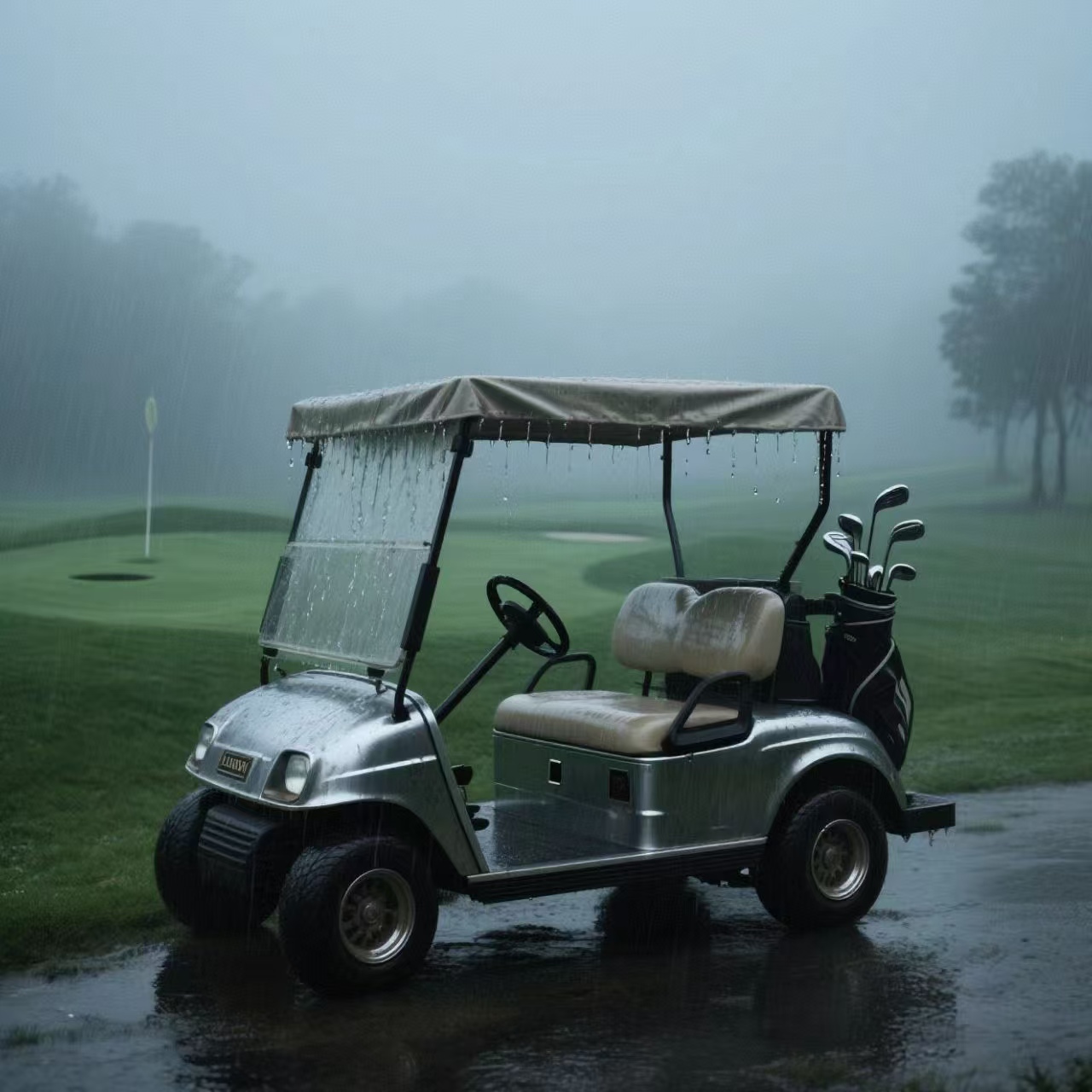
Furthermore, the vehicle's body and seats should be treated to prevent mildew. Golf carts are often open or semi-open in design, and fabric components like seats and floor mats are easily soaked by rain. After rain, open the vehicle's awning (or move it indoors) to ventilate the vehicle. Wipe the seat surface with a neutral detergent and then spray with a mildew inhibitor. If scratches appear on plastic parts, apply a special maintenance wax to prevent rainwater from seeping in and accelerating aging and discoloration.
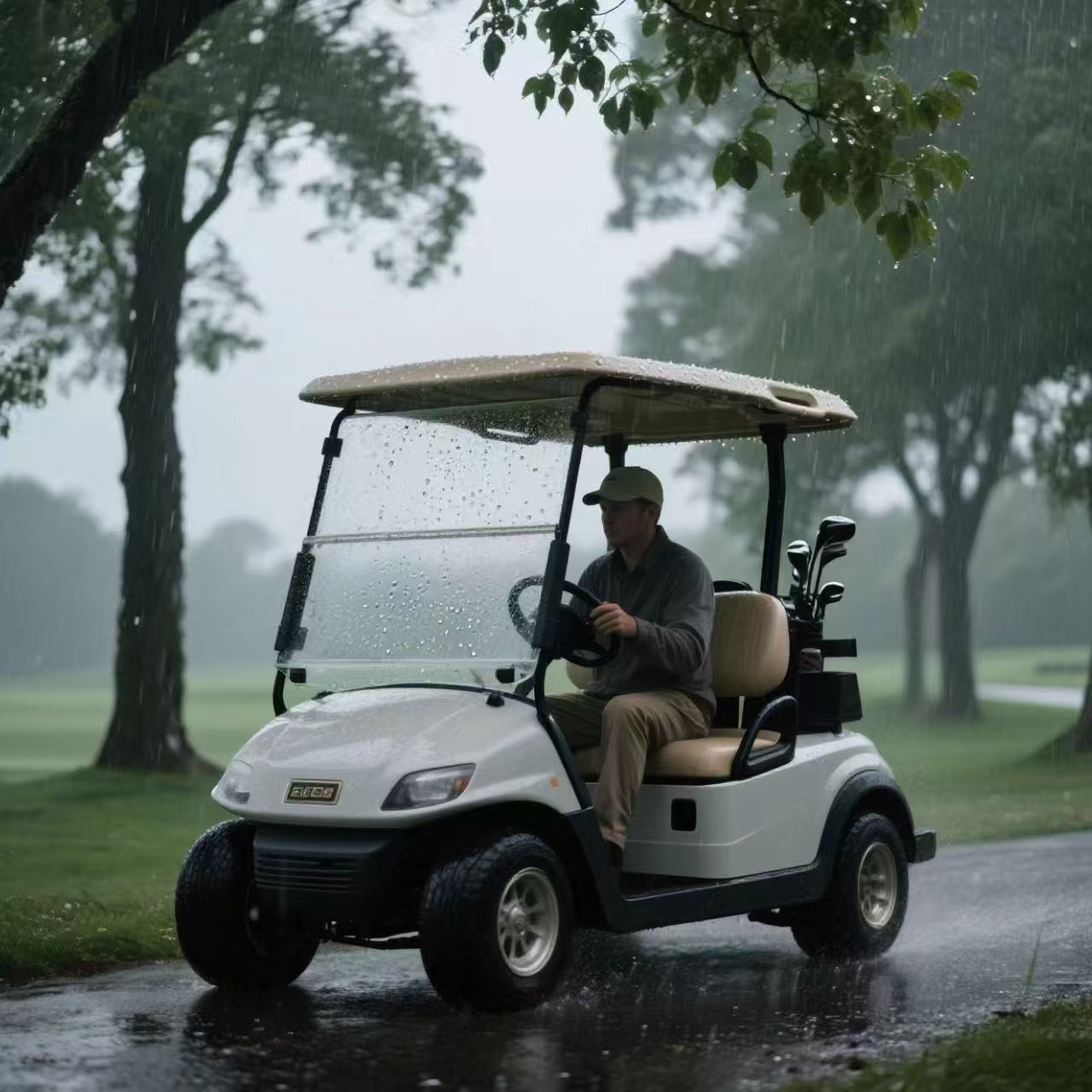
Finally, consider the environment you choose for long-term parking. If the vehicle needs to be idle for an extended period, it should be parked in a high, well-ventilated, dry indoor garage to avoid being soaked by rain in low-lying areas. The battery should be charged to at least 80% before parking (to prevent moisture and water damage). The vehicle should be run for 10-15 minutes weekly to maintain the motor, battery, and other components.
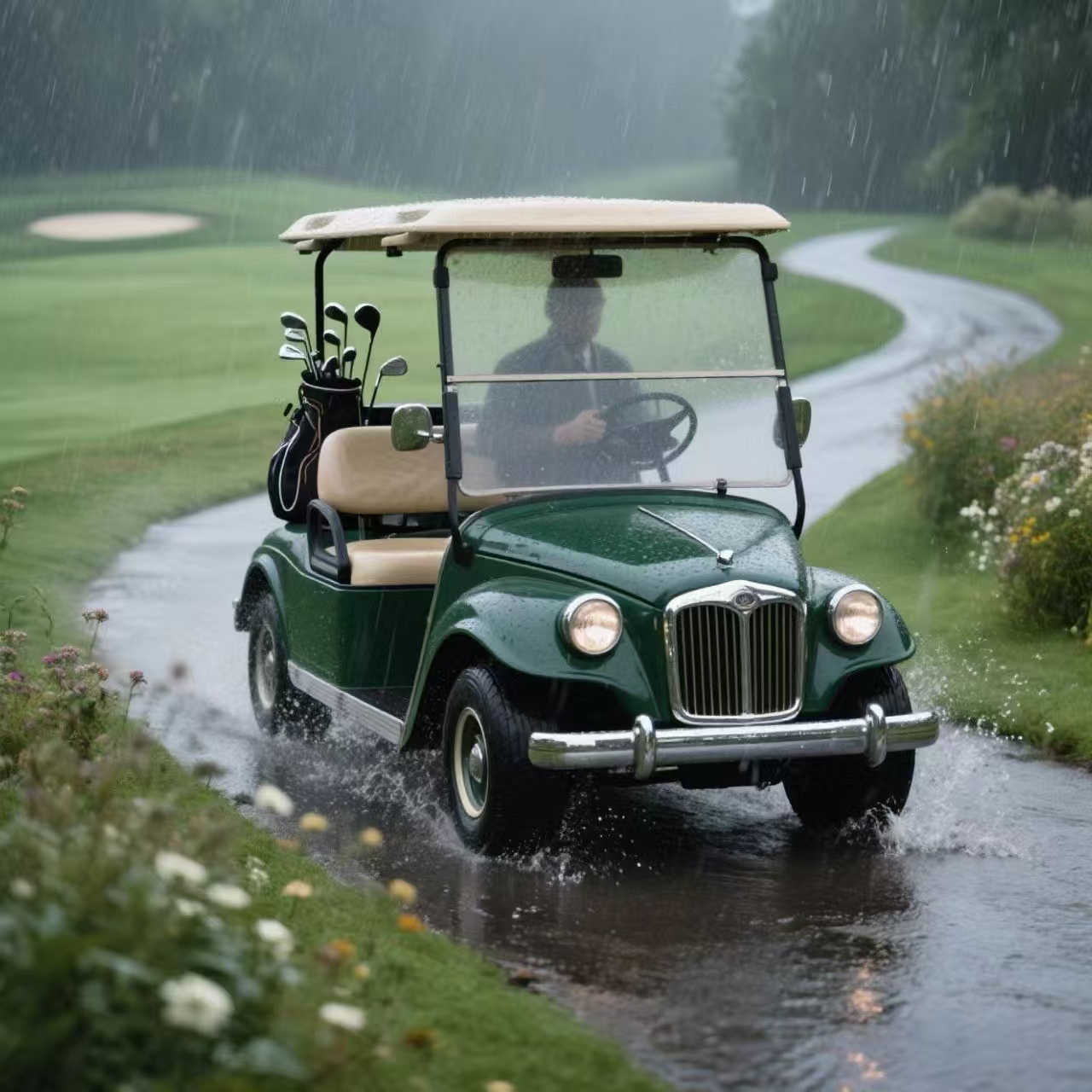
Industry experts advise that golf cart maintenance frequency should be increased by 30% during the rainy summer season. Targeted maintenance to prevent moisture, rust, and mildew can effectively reduce vehicle breakdowns and ensure operational efficiency and driver safety.
↓Next [ Chinas new energy sources are guiding new consumption trends ]


